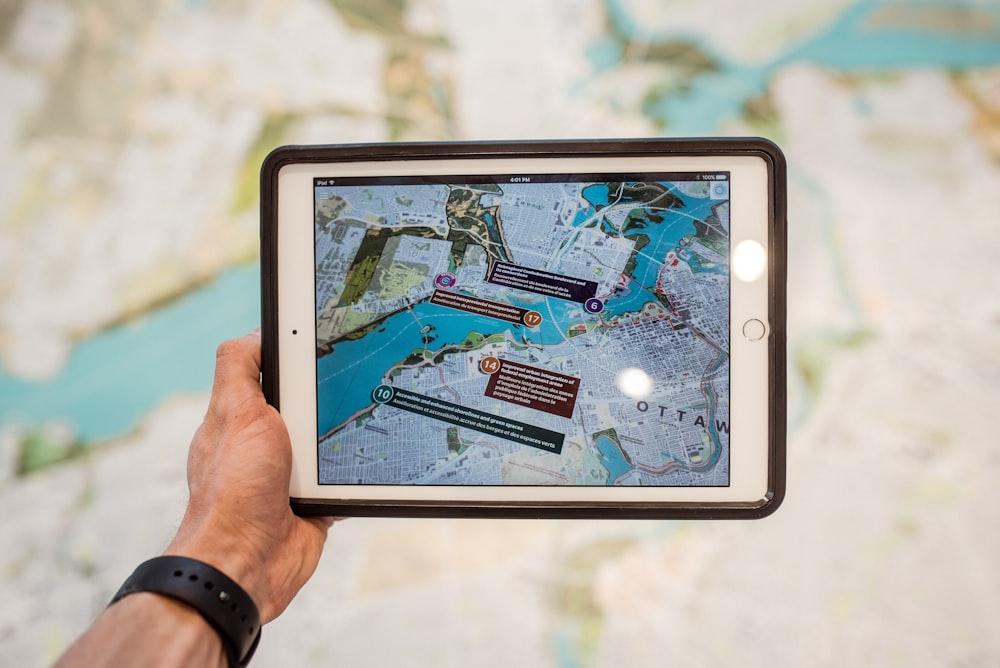Businesses in the restoration industry often find it difficult to track essential equipment. Air movers, dehumidifiers, and moisture meters are just a few items that can get lost or damaged. Losing track of these assets can lead to delays and increased project costs.
Fortunately, solutions for better restoration equipment tracking exist. They help restoration companies operate smoothly and efficiently.
In this article, we’ll discuss the common challenges faced by any restoration business. Then, we’ll provide effective ways to solve them.
Common Challenges in Restoration Equipment Tracking
For restoration equipment management to be effective, you should track assets and ensure they’re working properly. During this process, several challenges may arise, including the following:
Location Tracking
One of the biggest challenges in restoration equipment tracking is knowing the location of each physical hardware at any given time.
Restoration companies often move equipment and vehicles from one job site to another. This makes it difficult to maintain an accurate inventory.
Without precise location tracking, valuable equipment can easily get misplaced. When it does, your business can suffer from delays. Your employees will also be busy searching for missing equipment or rent replacements instead of doing their actual jobs.
Plus, your operations manager may feel pressured to locate the tools right away. This pressure may cause them to purchase new equipment, which increases overall operational costs.
Maintenance and Repair Scheduling
Restoration equipment must be regularly maintained and repaired due to its high use and frequent transit. Surprisingly, these services are usually ignored. Restoration businesses often lose sight of their importance because of scheduling issues.
As a result, equipment breakdowns happen during the most important project stages.
These could cause disruptions to regular operations. They also increase the cost of maintenance due to physical damage.
Inventory Mismanagement
Inventory mismanagement is usually a result of poorly maintained tracking systems. It can lead to overstocking, understocking, or equipment loss.
Overstocking means an excessive amount of restoration equipment is just lying around and waiting to be used.
Meanwhile, understocking can cause delays as employees wait for the necessary assets to be free for use.
Finally, restoration businesses without accurate inventory records risk losing track of their tools. This requires costly purchases or urgent rentals for replacements.
Theft and Loss
When your business lacks a robust tracking system, the chance of theft and misplacement is increased. Valuable restoration equipment can catch the attention of thieves, and once lost, it is extremely difficult to replace.
Equipment loss not only affects the bottom line but also disrupts ongoing projects as teams struggle to find replacements.
5 Solutions for Better Restoration Equipment Tracking
The restoration sector may address equipment tracking issues using technological approaches. Below are five solutions to improve tracking equipment accuracy and boost efficiency.
1. Implement RFID Technology
Implementing Radio Frequency Identification (RFID) technology can improve restoration equipment tracking. These RFID tags attach to each tool, so you can automatically trace its location as it moves between several job sites.
Companies can also use RFID technology at the warehouse or any storage facility. Doing so makes it easier to locate specific equipment within a large place.
2. Use Regular Maintenance Software
Using specialized maintenance software helps you keep track of maintenance schedules in two ways.
First, it can send automatic reminders for upcoming maintenance tasks. Second, it records previous repairs done so employees can make informed decisions.
When restoration businesses stay on top of maintenance, they can prevent unexpected equipment breakdowns. At the same time, they extend the lifespan of their assets.
3. Consider Better Inventory Control Systems
To effectively manage inventory, consider implementing inventory control systems. These provide real-time data on equipment availability, usage, and location.
They also offer insights into usage patterns, which help you know whether the equipment already requires servicing.
Additionally, inventory control systems help restoration businesses maintain optimal inventory levels. They ultimately reduce the costs associated with overstocking, understocking, or equipment loss.
4. Conduct Employee Training Programs
Organize employee training programs to ensure that all staff members are familiar with the equipment tracking solutions in place.
Proper training helps employees learn how to use the tools and systems effectively and safely. It should cover RFID technology implementation, inventory control systems, and maintenance software.
5. Invest in Asset Tracking Software
Lastly, use asset tracking software to manage restoration equipment.
It integrates various tracking technologies, such as RFID, GPS, and barcodes. This comprehensive integration provides real-time data on equipment location, usage, and condition.
Additionally, asset-tracking software can generate reports, track maintenance schedules, and give alerts for potential issues. All these features can improve speed, security, and operational control while reducing human error.
Track Your Restoration Equipment with Job-Dox
Job-Dox is the #1 restoration project management software for restoration businesses. It offers a centralized platform for equipment tracking, task administration, employee management, team collaboration, customization, and more.
This software helps you improve efficiency, save time, and automate repetitive tasks from one platform.
To get started with Job-Dox, call them at 888-983-9834 or drop a message at info@job-dox.com. You can also enjoy a 28-day free trial if you sign up today!
FAQs About Restoration Equipment Tracking
What is restoration equipment tracking?
Restoration equipment tracking involves monitoring the condition, location, and use of assets by contractors. It guarantees that each piece of equipment is available when needed and is properly maintained.
Why is tracking restoration equipment important?
A tracking system for restoration equipment is important because it reduces downtime, prevents theft, and increases efficiency. Keeping track of assets also ensures accurate invoices.
How does restoration equipment tracking work?
Tracking systems work by using GPS devices, RFID tags, or barcodes connected to the restoration equipment. These tools provide real-time updates about the location and status of assets.
What types of technologies are used in restoration equipment tracking?
The most widely used technologies are GPS tracking, RFID, and barcode scanning. Advanced software with mobile accessibility can also help restoration companies track essential pieces of equipment.
Can tracking systems integrate with other software?
Tracking solutions integrate with other applications. These include CRM systems, accounting software, and project management tools. This integration improves data accuracy and smoothens operations.





